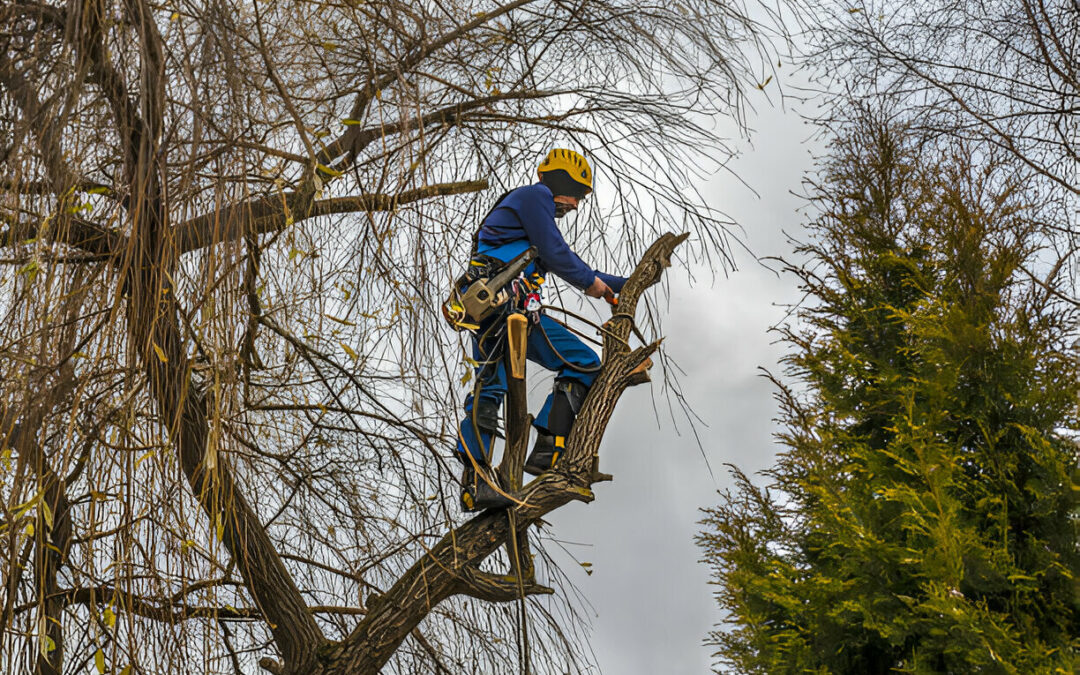Before tackling DIY tree removal, you must carefully weigh the potential risks and challenges involved. It’s crucial to assess the task ahead carefully, considering factors such as tree size, location, and health. By evaluating these essential elements, you can better prepare yourself for a safe and successful tree removal project. Safety should always be your top priority when undertaking such a demanding task. So, before grabbing your tools and diving in, ensure you have a clear plan and the precautions to protect yourself and those around you.
Safety Precautions
Before attempting DIY tree removal, wear safety gear such as gloves, goggles, and a hard hat. Safety should always be your top priority when dealing with trees. Gloves protect your hands from cuts and splinters, while goggles shield your eyes from debris. A hard hat is essential to safeguard your head in case branches fall unexpectedly. Additionally, wearing sturdy boots with a good grip will help prevent slips and falls. Before cutting, survey the area to ensure no obstacles or people nearby. It’s crucial to have a clear escape route planned in case the tree falls in an unexpected direction. Never attempt tree removal alone; always have a nearby partner to assist you in an emergency. Following these safety precautions will help minimize the risks associated with DIY tree removal and ensure you stay safe.
Tree Assessment
Assess the tree’s health and stability before proceeding with DIY tree removal. Start by checking for any signs of disease or decay, such as discolored leaves, fungus growth, or hollow areas in the trunk. These issues can weaken the tree’s structure, making removing it more hazardous. Look for any leaning or signs of root damage, as these could indicate instability. Additionally, consider the tree’s proximity to structures, power lines, or other trees that could interfere with the removal process.
If the tree appears healthy and stable, evaluate its size and location. More giant trees or those close to buildings may require professional equipment and expertise to remove safely. Consider the direction the tree will fall and ensure enough clearance to avoid damage.
Equipment and Tools
When considering DIY tree removal, ensure you have the necessary equipment and tools. Safety should be your top priority; having the right gear is essential to prevent accidents. Basic tools like a chainsaw, pruning shears, a ladder, ropes, and safety gear such as gloves, goggles, and a helmet are crucial. Before starting the removal process, ensure all your equipment is in good working condition and that you know how to use each tool properly.
A chainsaw is a primary tool for cutting down trees, so ensure it has a sharp chain and is fueled up. Pruning shears are handy for trimming smaller branches, while a ladder helps you reach higher areas safely. Ropes are essential for controlling the direction of falling branches or the tree. Safety gear protects you from hazards like wood chips, falling branches, or injuries from the tools.
The right equipment and tools make tree removal safer and more efficient. Proper gear ensures you can tackle the job effectively and without unnecessary risks.

